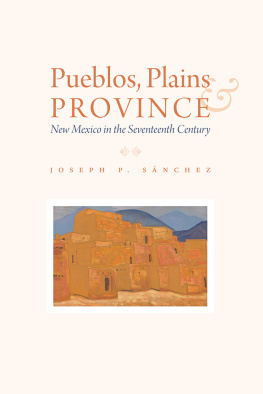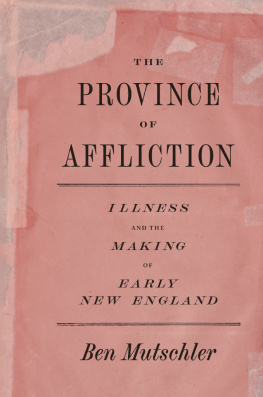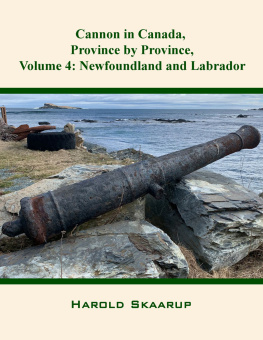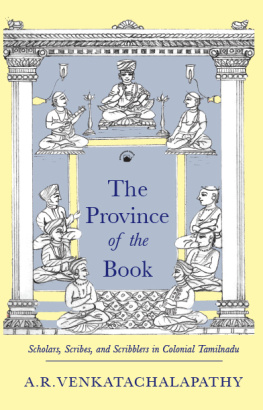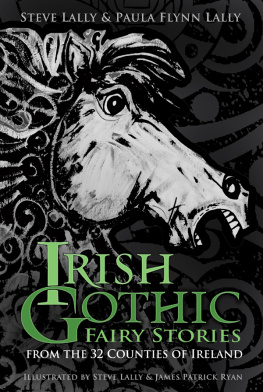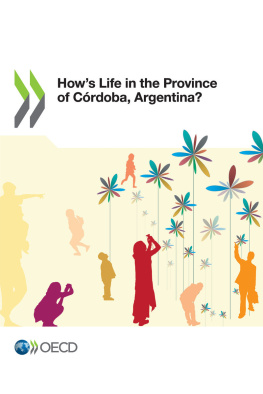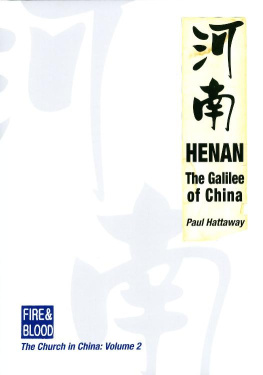AFRICAN ETHNOGRAPHIC STUDIES
OF THE 20TH CENTURY
Volume 51
A TRIBAL SURVEY OF
MONGALLA PROVINCE
A TRIBAL SURVEY OF
MONGALLA PROVINCE
Edited by
L. F. NALDER
First published in 1937 by Oxford University Press for the International African Institute.
This edition first published in 2018
by Routledge
2 Park Square, Milton Park, Abingdon, Oxon OX14 4RN
and by Routledge
711 Third Avenue, New York, NY 10017
Routledge is an imprint of the Taylor & Francis Group, an informa business
1937 International African Institute
All rights reserved. No part of this book may be reprinted or reproduced or utilised in any form or by any electronic, mechanical, or other means, now known or hereafter invented, including photocopying and recording, or in any information storage or retrieval system, without permission in writing from the publishers.
Trademark notice: Product or corporate names may be trademarks or registered trademarks, and are used only for identification and explanation without intent to infringe.
British Library Cataloguing in Publication Data
A catalogue record for this book is available from the British Library
ISBN: 978-0-8153-8713-8 (Set)
ISBN: 978-0-429-48813-9 (Set) (ebk)
ISBN: 978-1-138-59693-1 (Volume 51) (hbk)
ISBN: 978-0-429-48727-9 (Volume 51) (ebk)
Publishers Note
The publisher has gone to great lengths to ensure the quality of this reprint but points out that some imperfections in the original copies may be apparent.
Disclaimer
The publisher has made every effort to trace copyright holders and would welcome correspondence from those they have been unable to trace.
Due to modem production methods, it has not been possible to reproduce the fold-out maps within the book. Please visit www.routledge.com to view them.
A TRIBAL SURVEY
OF MONGALLA
PROVINCE
by MEMBERS OF THE
PROVINCE STAFF
and
CHURCH MISSIONARY SOCIETY
Edited by
L. F. NALDER
Published for the
INTERNATIONAL INSTITUTE OF
AFRICAN LANGUAGES AND CULTURES
by the OXFORD UNIVERSITY PRESS
LONDON, NEW YORK, TORONTO
1937
CONTENTS
OXFORD UNIVERSITY PRESS
AMEN HOUSE, E.C. 4
London Edinburgh Glasgow New York
Toronto Melbourne Capetown Bombay
Calcutta Madras
HUMPHREY MILFORD
PUBLISHER TO THE UNIVERSITY
PRINTED IN GREAT BRITAIN AT THE UNIVERSITY PRESS, OXFORD
BY JOHN JOHNSON, PRINTER TO THE UNIVERSITY
T HE framework of anthropological research in Mongalla Province has been laid down by Dr. Seligman, and all subsequent inquiries can only be extensions of his. His earlier studies, Little-known Tribes of the Anglo-Egyptian Sudan, The Bari, The Latuka, The Religion of the Pagan Tribes of the White Nile, have now been incorporated in his monumental Pagan Tribes of the Nilotic Sudan, to which continual reference is implicit in the following pages.
However, a certain amount of additional material has now been collected and there are advantages in having some source in which the new-comer to the province, be he missionary or government servant, can find in handy form a general description of the people and their principal institutions and a study in some detail of the particular tribes with which he will have to deal: the provision of these is the object of the following compilation.
It has been undertaken, as a piece of team work, by missionaries and district officers serving in the province; we are all amateurs only, but the book has this merit that the facts have been collected by those with a fluent knowledge of the native languages.
For reasons of space I have had to compress much of the material obtained; and in dealing with material from two or three sources dovetailing has been necessary. It is not therefore possible without an inconvenient number of footnotes to indicate to whom I am indebted for any particular statement. I can only enumerate here, with my grateful thanks, the principal collaborators. These are:
I am indebted to Dr. Seligman for reading a large portion of the manuscript and for valuable suggestions; and to Mr. Shackleton of the Kenya Political Service for permission to use his account of the Marille.
The book is divided into two portions: the first part is a general description and comparison of the tribes as a whole; the second a description of the individual tribes in some detail. Features mentioned in Part I are described in greater detail in Part II, but to avoid a mass of footnotes references have been omitted.
It will at once be noticed that certain tribes, particularly in sections ii and iii of Part II, have been only very superficially treated. In districts containing a minority tribe differing in language from the bulk of the population a district commissioner can hardly be expected, in addition to his multifarious normal duties, to acquire the second language or to devote as much specialist attention to the small tribe as to the more important one; and this is generally the reason for the gaps to which reference has been made. Thus, in the Eastern District our attention has of recent years been of necessity concentrated on the Topotha rather than the Didinga, for which tribe we can add little to Mr. Dribergs articles in vols. v and viii of Sudan Notes and Records. He has also published a vocabulary and elementary grammar (M.S.O.S. xxxiv. 1, Berlin, 1931), while a short article has just been published by Father Molinaro (Anthropos, xxx. 3/4, pp. 42131). Much the same is true of the Anuak of J. Lafon: there is little to add to Mr. Dribergs article (S.N.R. viii); we await Dr. Evans Pritchards study of the Anuak in their own country. The Acholi and Madi in the Sudan are only small outlying fragments: their main home is in Uganda, where Father Crazzolara is now investigating them.
As regards the Abyssinian frontier tribes, apart from fleeting visits by Captains King and Whalley, we are not in direct contact with them at all. It is something to have disentangled their most confusing nomenclature and established their approximate position, and some of their affinities.
L. F. N.
M ONGALLA PROVINCE is the southernmost province of the Anglo-Egyptian Sudan; it is roughly bisected by latitude 5 N. and marches with Abyssinia, Kenya, Uganda, and the Belgian Congo. Its greatest width east to west is about 480 miles from the Abyssinian frontier to Maridi on the edge of the Zande country; from north to south it measures some 200 miles. It is bisected by the Nile, which in the north is fringed by extensive marshes.
The highest land lies along the southern frontier, especially east of the Nile, where the three mountain masses, the Imatong, Dongotono, and Didinga Mountains, attain altitudes of 6,00010,000 feet; thence the land slopes gradually downwards to the wide uninhabitable cotton-soil plains in the north, waterless in the dry weather and waterlogged in the rains. West of the river the Nile-Congo Divide attains no great height and would present no obstacle to tribal movement.


